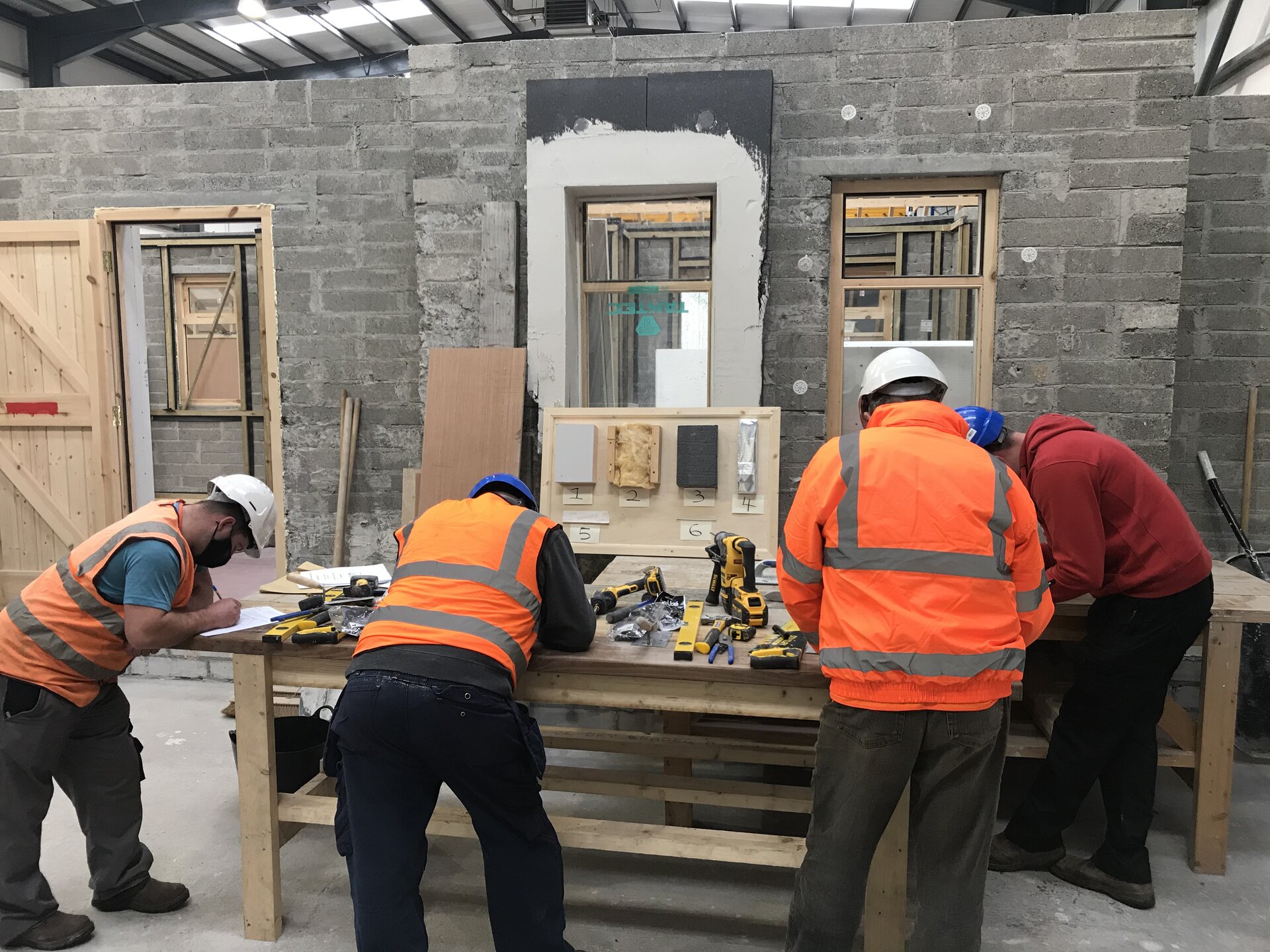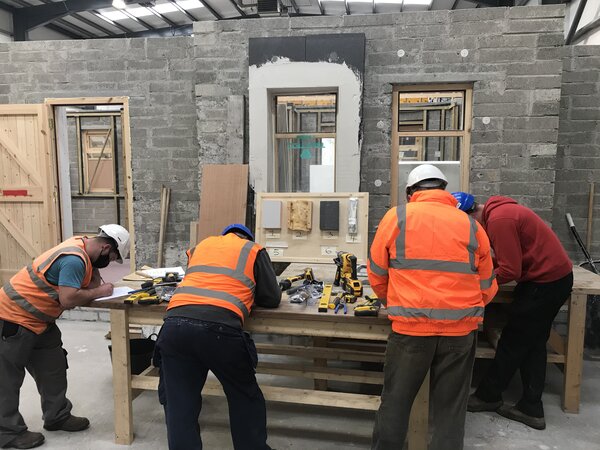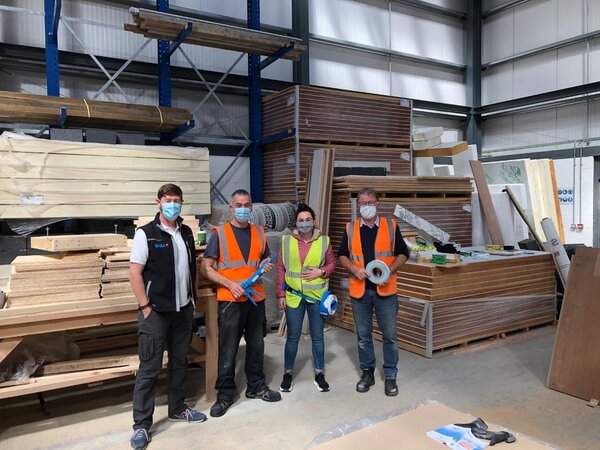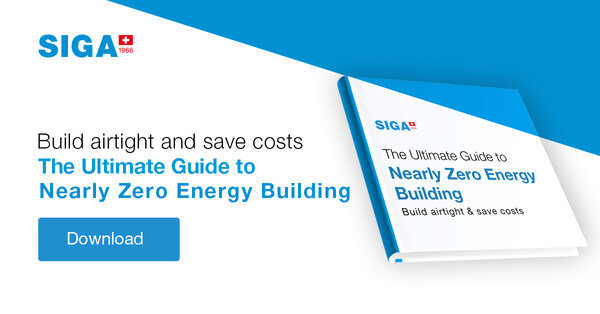Build airtight and save costs
The Ultimate Guide to Nearly Zero Energy Building
DOWNLOAD
Since the introduction of NZEB standards, Irish home construction has evolved. Learn 10 key ways NZEB is revolutionizing the industry, improving energy efficiency, and shaping the future of homes.

NZEB & retrofit upskilling at the National Construction Training Centre at Mount Lucas in Ireland | Source: Tomas O’Leary
Since the end of 2019 Ireland has required that all new homes be nearly zero energy buildings (better known as NZEBs), in line with EU law. The move to NZEB is one of the biggest changes to Ireland’s building regulations in the past 20 years.
So what exactly does NZEB mean? Well, under the EU’s Energy Performance of Buildings Directive, each country has a certain amount of freedom to define its own version of the standard, based on its local climate. Ireland’s interpretation states that NZEB dwellings should have a maximum primary energy demand of 45 kWh/m2/yr. The standard is different for non-domestic buildings, but in this blog post we will mostly focus on dwellings.
In Part L of Ireland’s building regulations, which covers energy efficiency, standards are set against the 2002 version of the regulations. So for example, 2007’s regulations required dwellings to use 40% less energy than 2002, 2011’s code required dwellings to use 60% less compared to 2002, and finally 2019’s version of Part L — which defined NZEB and wrote it into law — required 70% less.
So while the introduction of NZEB to Part L was just the latest in a series of gradual improvements, it was also one of the most ambitious to date, and it has already led to all sorts of changes in how Irish homes are built, heated, and ventilated.

SIGA training day at the Mount Lucas Training Centre | Source: Tomas O’Leary
Here are ten ways NZEB has already changed the Irish building industry forever.
As we have seen, NZEB has changed the way we build in Ireland, with a growing focus on fabric-first principles like airtightness and ventilation, and the decline of fossil fuel heating. We’re sure that the industry will continue to evolve over the coming years too, and we look forward to seeing what further changes are in store.
Can you suggest any other ways in which NZEB is changing the way we build in Ireland?


Lenny is a journalist who covers the environment and sustainability. He has been writing about the built environment for over a decade, and is deputy editor of the sustainable building magazine Passive House Plus.
Added to my cart